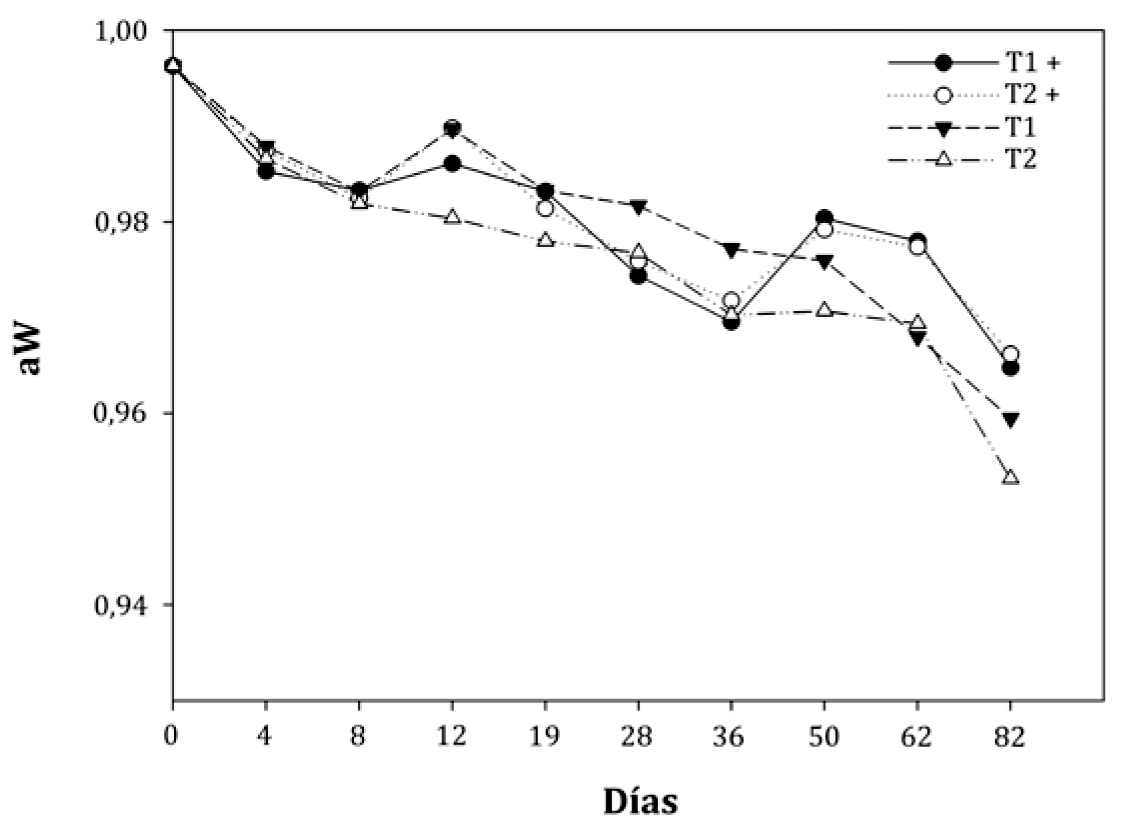Fusarium verticillioides infection and fumonisins content in maize grains with covered and uncovered female inflorescens
Keywords:
maize, fungal count, toxins, moisture, temperatureAbstract
The aim of this study was to compare the count of Fusarium verticillioides and fumonisins accumulation in ears covered and not covered under different conditions of moisture and temperature. Paper bags permeable to moisture were placed on female inflorescences. Female inflorescences covered did not prevent infection of maize kernels. Moreover, significant differences in fumonisins B1 and B2 were obtained between grains obtained from ears covered with respect to grains from ears uncovered. The conditions of high humidity and temperature generated in the ears covered, favored fumonisins levels significantly. The information provided on the level of infection of the pathogen and the interaction of different temperature and moisture conditions that influence the
synthesis of fumonisins, allows continue evaluating the behavior of Fusarium in maize.

Downloads
Published
Issue
Section
License
Aquellos autores/as que tengan publicaciones con esta revista, aceptan las Políticas Editoriales.


